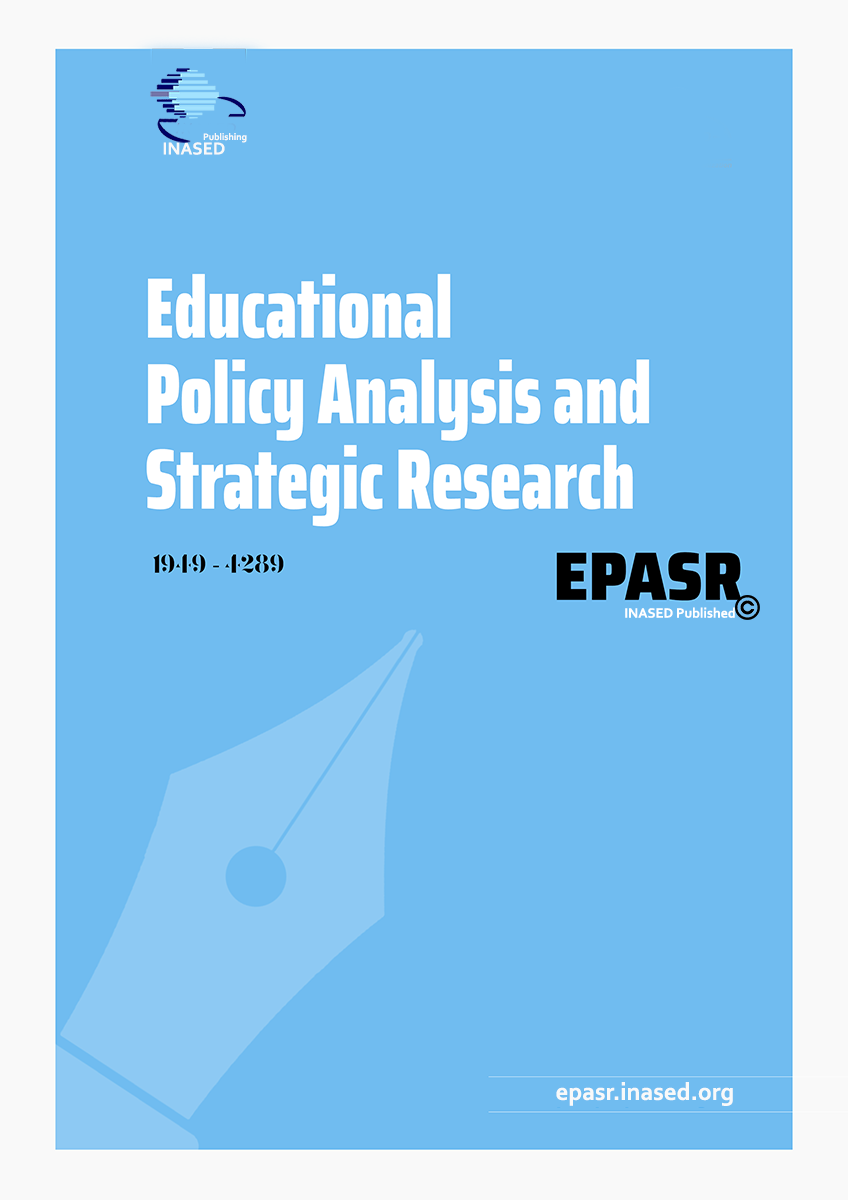Original article | Educational Policy Analysis and Strategic Research 2019, Vol. 14(1) 61-74
Reconsidering the Assessment Policy: Practical Use of Liberal Multiple-choice Tests (SAC Method)
Kürşat Cesur
pp. 61 - 74 | DOI: https://doi.org/10.29329/epasr.2019.186.4 | Manu. Number: MANU-1901-25-0001.R1
Published online: March 22, 2019 | Number of Views: 1237 | Number of Download: 1827
Abstract
Examinees’ performances are assessed using a wide variety of different techniques. Multiple-choice (MC) tests are among the most frequently used ones. Nearly, all standardized achievement tests make use of MC test items and there is a variety of ways to score these tests. The study compares number right and liberal scoring (SAC) methods. Mixed methods sequential explanatory research design was used which consists of both quantitative and qualitative analysis of the data. A test with ten questions was conducted to 73 prospective English teachers who were selected purposively and they were asked why they had chosen more than one option in the second part of the test. Priority was on the quantitative data obtained from the test results. Qualitative data were collected using participants’ explanations for their answers. The analysis of the qualitative findings was used to explain the findings of the quantitative results. The results reveal that liberal scoring method rewards partial knowledge and penalizes blind guessing. It is superior to the conventional scoring methods as it eliminates their disadvantages. Though it eliminates the disadvantages of other scoring methods, liberal scoring method is difficult to be used practically in the classroom. Without a technological help, teachers may find liberal scoring method really difficult. The study also provides teachers with a Microsoft Excel document for practical use of liberal MC tests. With the help of this document, teachers can easily conduct liberal MC tests in their exams. Suggestions to the test designers and policymakers at both national and international levels about the use of liberal scoring method were provided at the end of the study.
Keywords: Scoring Methods for Multiple-choice Tests, Liberal Multiple-choice tests, Partial Knowledge, Blind Guessing
| How to Cite this Article? |
|---|
|
APA 6th edition Harvard Chicago 16th edition |
| References |
|---|
|


